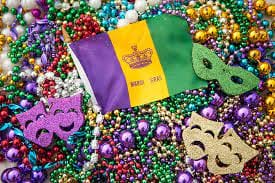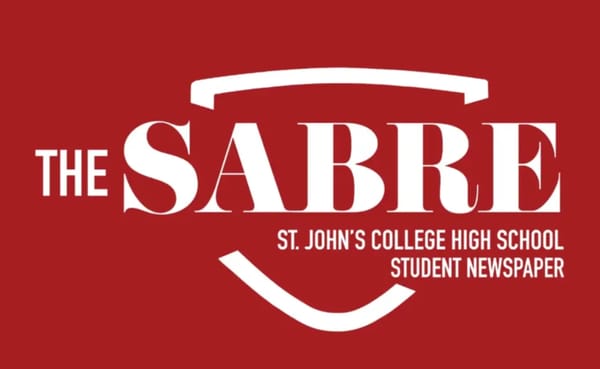History of Mardi Gras at St. John's

Marti Gras Story
Every year, St. John’s celebrates Mardi Gras with a large celebration during each lunch period. But what is Mardi Gras?
Mardi Gras is a centuries-old celebration that originated in France and is now widely observed in many parts of the world, including the United States. The name Mardi Gras translates to “Fat Tuesday,” which is the day before the Christian season of Lent begins.
Lent is a time of fasting and reflection, so Mardi Gras became a day for people to indulge in rich foods, drinks, and festivities before the period of self-denial. The tradition of Mardi Gras can be traced back to pagan festivals celebrating the arrival of spring, as well as Christian traditions that marked the beginning of Lent. The celebration has evolved over time and varies from region to region, but it is typically associated with colorful parades, masquerade balls, and elaborate costumes.
Today, Mardi Gras is one of the most famous and lively festivals in the world, attracting millions of visitors to cities like New Orleans, Rio de Janeiro, and Venice. At St. John’s, the celebration is filled with food, decorations, and even a DJ. The Mother’s Club takes on the responsibility of setting up the event every year for the past 25 years.
The mothers club manages the event in order to let students enjoy snacks and treats before the Lent season, as St. John’s tends to observe certain Lent traditions in school. The parents of St. John’s have, without fail, donated all of the treats for the day every year. Items such as cupcakes, brownies, and cookies are supplied entirely by the parents. The Mother’s Club even accommodates allergies by asking parents to donate gluten free and nut free items. These will be placed on a separate table to help those who may not be able to eat the bulk of the food still feel included.





